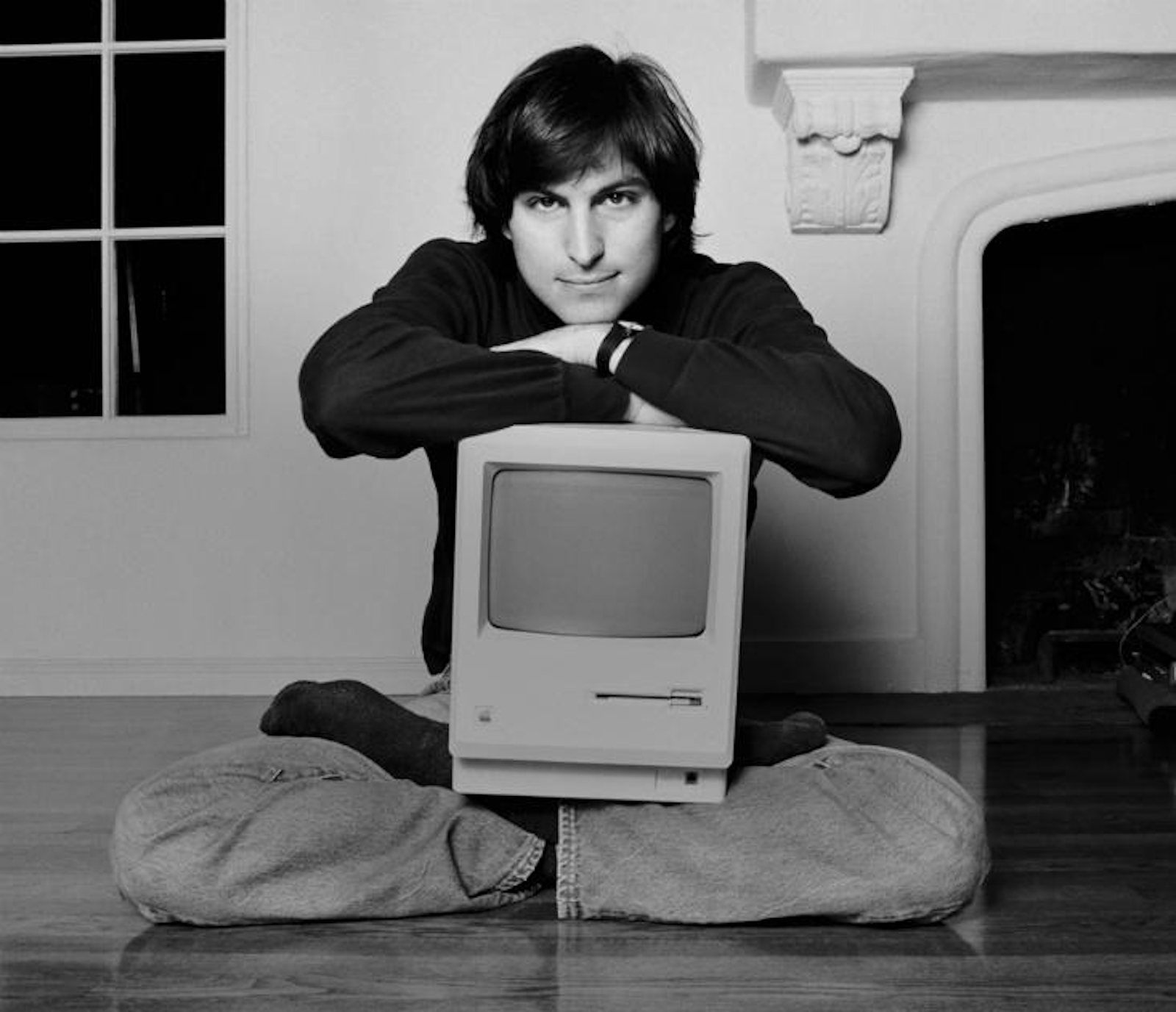
If history adheres to timeless long-term trends, Walter Isaacson’s recent book on the digital revolution, The Innovators, could reveal a lot about the future of our digital age. Last week Isaacson, known for his biographies of Steve Jobs and Albert Einstein, spoke about the geniuses behind the last century of innovation at the New-York Historical Society, as part of the World Science Festival. Here are the biggest lessons that future innovators can learn from the recent past.
A new advance, however mechanical, will be a good partner.
Ada Lovelace predicted the partnership between humans and technology in the 1800s, when she saw mechanical looms that weaved tapestries based on the patterns in punched cards. She predicted that machines might one day perform various tasks based on symbols, creating everything from music to math. Yet while others feared the replacement of human thought by technology, Lovelace guessed that machines would remain inextricably intertwined with their makers. More than 100 years later, Isaacson says she was right.
A new advance will be personal.
In the 1960s, computer scientists invented many different devices to help users interact with computers. Yet it was a mouse, similar to the ones we use today, that took root. It’s popular because it exploits instinctive motions, such as pulling downwards to move a visual curser lower on the screen.
The technology will look beautiful.
Isaacson described the day that Steve Jobs unveiled a Macintosh computer, and it displayed the words, “Hello, I’m MacIntosh,” in an attractively styled typeface. “People gasped,” Isaacson said. While most computer engineers had scoffed at fanciful font, considering it unnecessary, Jobs saw power in the beauty of a graphical user interface.
It will be fun.
By the 1980s, researchers realized that inventions ranging from air defense consoles to video games would get faster uptake when they were fun, interactive, graphical, and responsive to the user, says Isaacson.
Further, fun is a good business plan because youth drive change. That’s why Jennifer Lawton, the CEO of the 3D printing company MakerBot, who joined Isaacson on stage at the event, bragged that the plastic in her printers is non-toxic— safe enough for a child or dog to chew on. “We have a mission to get a 3D printer into every school in America,” she says. “We want to make sure that kids see it as a tool to solve problems, or bring an idea to life.”
Like a good host, it will connect the right people.
“The Internet wasn’t designed to be a community-formation thing, but it became that,” said Isaacson. The most successful platforms have been those that facilitate interactions between geographically distant people. The culture that’s emerged from the digital revolution isn’t just a do-it-yourself culture, Isaacson said, but a do-it-ourselves culture.
It will be hackable, and allow people to create.
All of the early computer engineers were hobbyists and tinkerers, and Isaacson hopes that culture is making a comeback. There are some promising signs: Lawton said that 3D printers have exploded in popularity because they tap into our latent desire to invent.






























